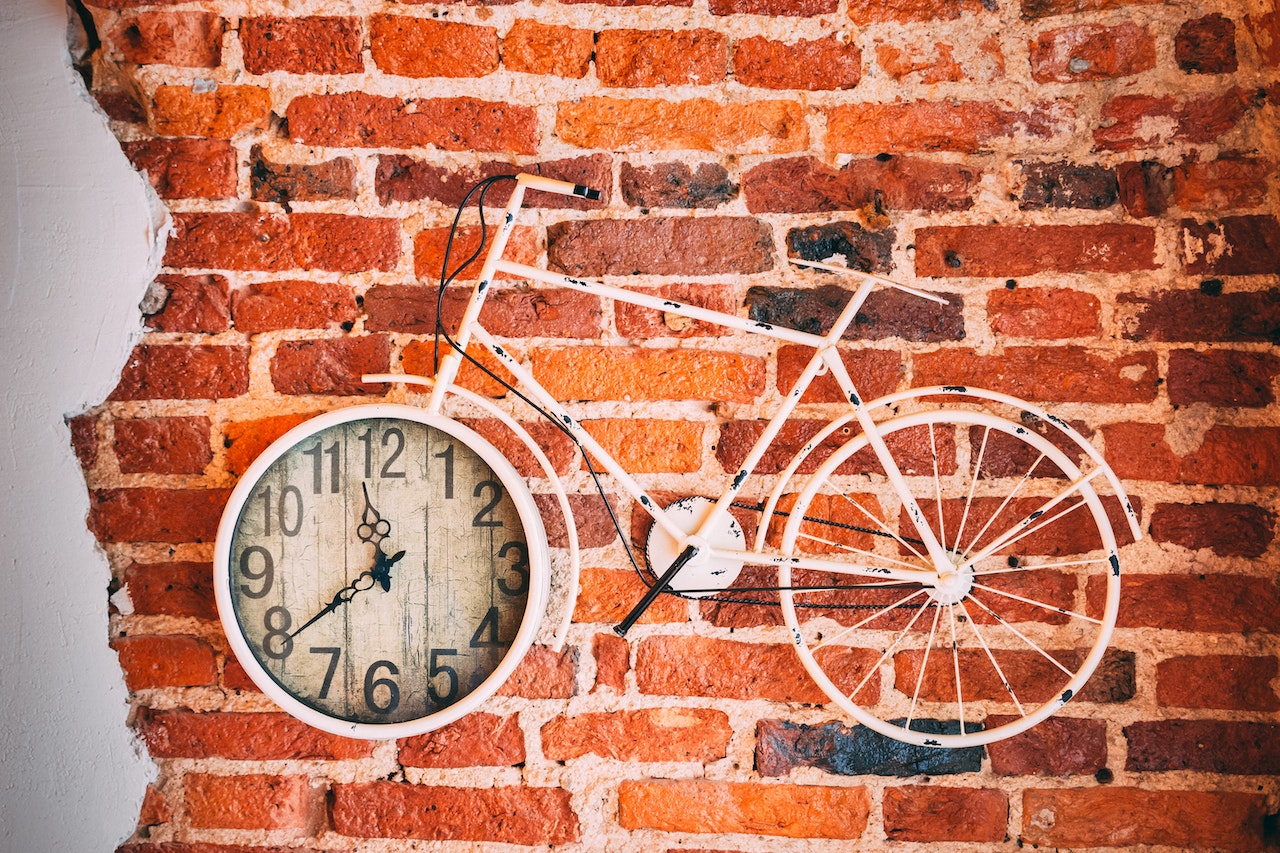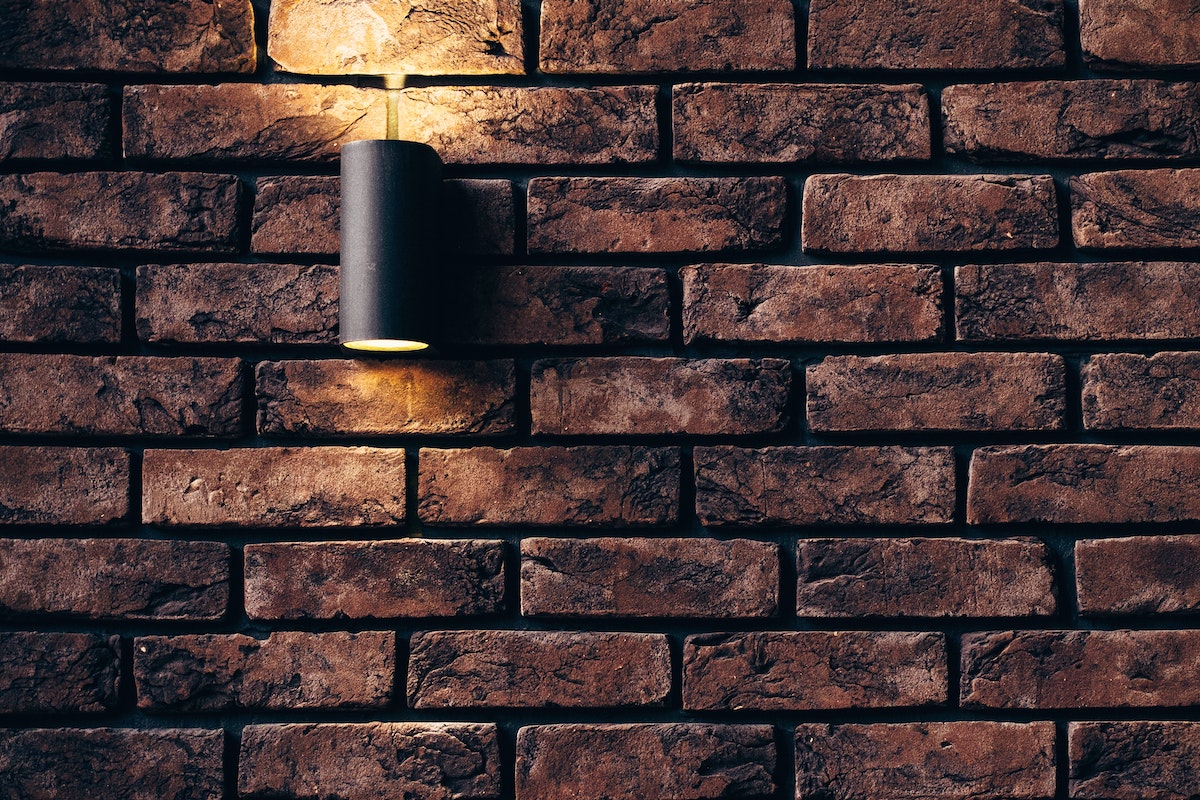This article summarizes the four stages of brick manufacturing: preparation of soil, moulding, drying, and burning. Handmade bricks are made from soft plastic clay that is prepared by using about 25-30% water. Dry-pressed bricks are similar to the soft-mud moulded method, but start with a much thicker clay mix and form more accurate, sharper-edged bricks. Bricks are transported into the kiln on the same cars that were used for the drying process. In the process of burning, prepared clay is moulded into a brick shape (generally rectangular) and then dried and burned. – This process of making bricks involves preparation, clay moulding and making handmade clay bricks. Clay manufacturing is the process of preparing soft plastic clay by mixing it with sand and then moulding it into the desired shape. The prepared clay is placed in a wooden box and cut into brick-sized pieces. After drying, these are burned to harden them. This constitutes the manufacturing of clay bricks. The entire process of making bricks constitutes preparation, soil moulding and sand cutting which involves a process. After this, the prepared clay pieces are placed in a wooden box for drying and burning which constitutes the manufacturing of clay bricks.
The box is filled with clay pieces and pressed with a presser to get the required shape of bricks. This process is called moulding. The dried and well-shaped bricks are then placed in a burning chamber where they are exposed to high temperatures which obtain the required stiffness of the brick. This burning process also obtains the plastic nature of clay which helps in achieving a perfect brick shape.
The process of making bricks starts with soft mud that is moulded into shape by the brick makers using the pressed brick method. This method involves a much thicker clay mix which is placed in a stiff plastic paste and then shaped into bricks. The dry press forms require drying in the sun or a kiln before they move to the burning section.
The process of making bricks contains a thick clay mix. It is then forced into a brick machine, which shapes the brick and gives it sharper edges. With the development of more time-saving machines, raw bricks are now produced in large quantities. The next step is to dry them in the drying process, during which water evaporates from them.
The drying process usually takes place in the sun, but in certain cases, it is done by artificial means. After this, the bricks are ready to be burned in a kiln or flame kiln. The burning process is done at a certain degree temperature and can be done using large clamps or small-scale ones. In most cases, the same cars are used for both large-scale and small-scale clamp-burning processes. Finally, the burnt bricks are transported to where they will be used. However, some cracked bricks may occur during the burning process which should be discarded before transporting them.
The process of making bricks involves burning bricks in kilns. The burnt bricks are then moulded and dried, and gain their hardness strength after the over-burnt brick is used. Constructing masonry structures is the most common use of the gain bricks. The important stage in brick manufacturing is to impart a hardness, which is done by increasing the density and temperature duration of burning bricks in kilns. This causes a formation of hard material which helps to increase its hardness strength.
The brick manufacturing process includes preparation, construction and large-scale manufacture. The brick-making process involves many steps, starting with the selection of material. It is important to select clay material for making bricks as it helps to increase the strength of bricks. Mechanized brickmaking uses moulded bricks which are then dried in kilns or ovens. The hand moulding method also involves moulding clay into bricks, but it requires more manpower and is usually used for small structures such as walls and small buildings. In advanced countries, there is large-scale mechanized brick making which involves using machines to make more uniform and precise shapes of bricks than the hand moulding method.
However, many countries still use the traditional ground moulding process to make bricks. In this process, a stands moulder is used to form the bricks and then the bricks are dried in the sun for several days. For this method, only a small quantity of clay is needed and it can be moulded by hand or pressed into moulds with various shapes and sizes.
The process of making bricks consists of obtaining brick earth, mixing clayey soil and sand with silica, and tempering means converting the raw clay into a homogeneous mix. This helps reduce shrinkage. The prepared brick earth is mixed with enough water to form a plastic mass that can be moulded into bricks. A layer about 200 mm thick of this mass is placed on a levelled surface and the bricks are moulded from it. After moulding, the bricks are dried in air or a kiln before they start firing. The process of tempering means converting the raw clay into a homogeneous mix which involves adding water until all particles adhere to each other and any vegetable matter is removed from the earth. This helps reduce shrinkage during drying and firing.
The process of making bricks has changed over the years. Originally, bricks were produced by first firing ground, moulded bricks made out of natural clay minerals. To improve the bricks’ chemical resistance, manufacturers began to use pigment, barium and other additives such as manganese dioxide and manganese barium. In most cases, they used barium carbonate and blended small amounts to produce different shades of red. The elements used in brickmaking today have evolved and are now capable of producing a range of colours in only a day or two compared to the number of years it once took.



